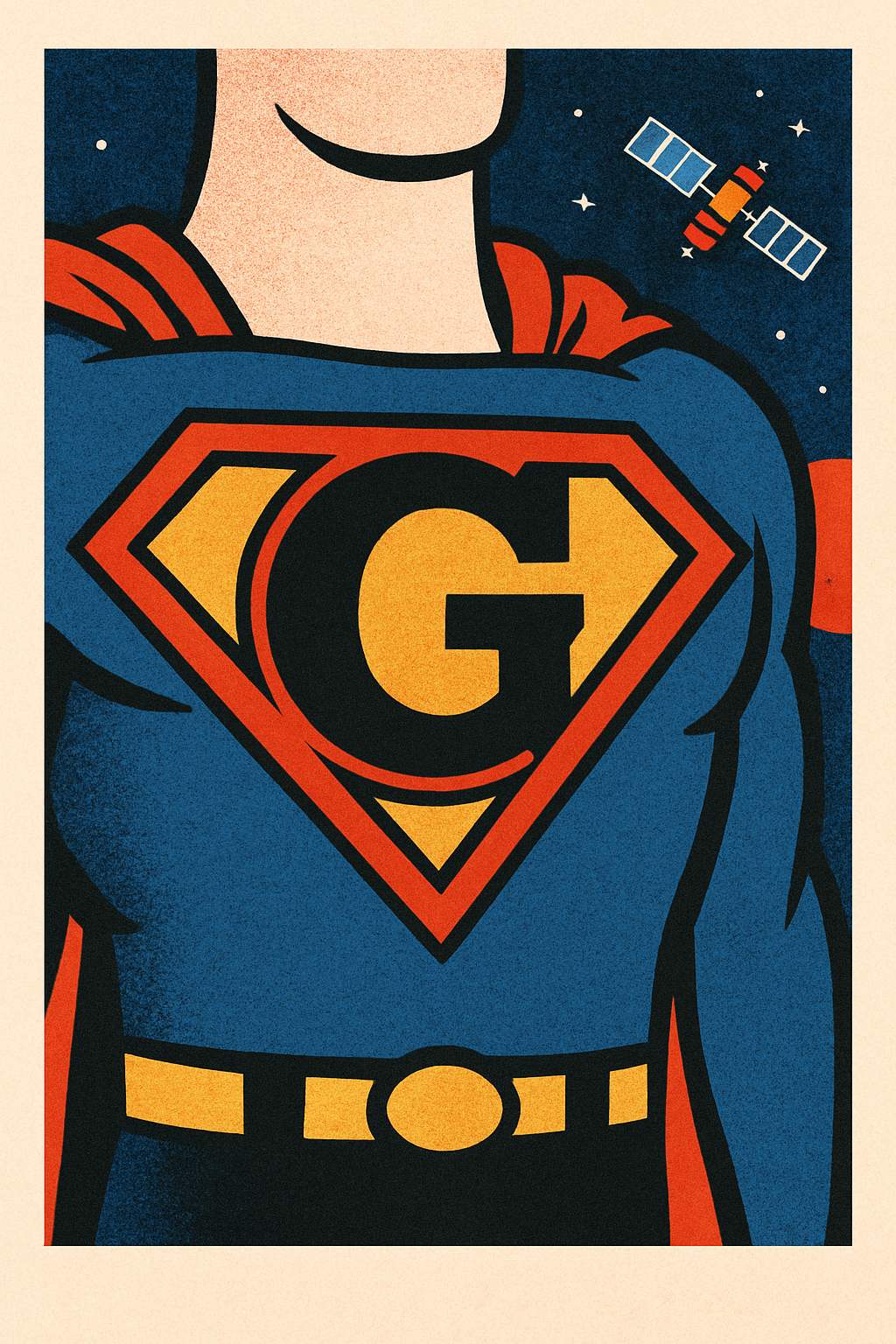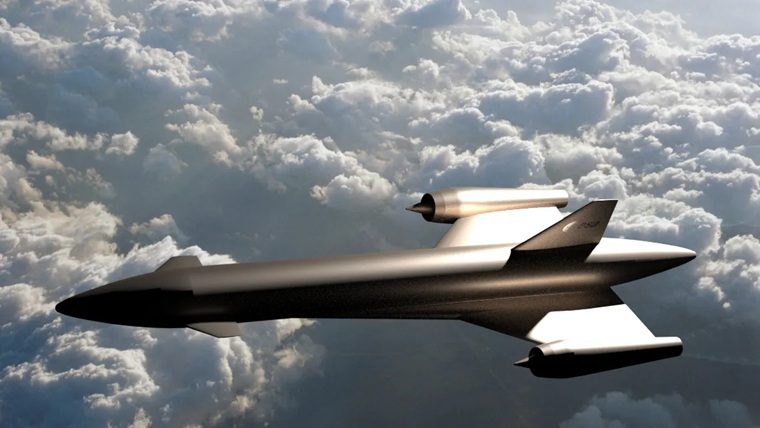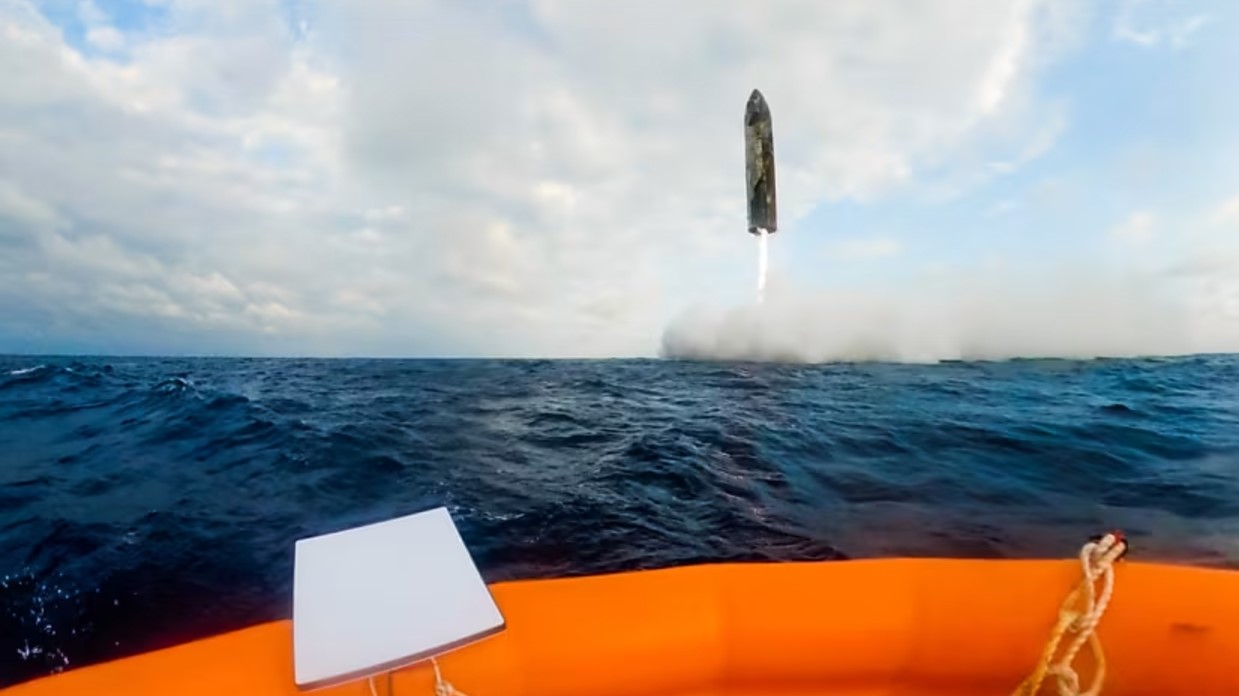In its previous Space Intelligence News incarnation, this news service noted that the British Royal Navy had won the Ig Nobel Peace Prize in 2000 (an irreverent alternative to the real Nobel Peace Prize) for ordering its sailors to save money on cannon shells during training exercises by shouting “BANG!” instead of actually firing any. Well the Royal Navy is now favourite to be the first outfit to pick up the Ig Nobel Peace prize for a second time.
On this occasion, the Royal Navy actually managed to fire a real weapon: a Stingray anti-submarine torpedo from the starboard side of HMS Argyll, a Duke-class Type 23 frigate, on 12 March 2014. The problem was that the ship was in port at the time. Thankfully, despite flying through the air onto the dockside, no-one was hurt by the weapon as it did not have a live warhead. The only thing “sunk” was a security fence and a metal container on the Devonport dockside in Plymouth.
Thank goodness the Royal Navy does not see fit to arm its torpedoes with live warheads when in harbour. And thank heavens they are not scooting around in space armed with Star Trek-style “photon” torpedoes either.
While the Royal Navy must be favourites for this year’s prize, they will no doubt have some competition. Previous winners of the Ig Nobel Peace Prize include the President of Belarus, Alexander Lukashenko, who won last year for banning applause in public and before then having his state police (joint winners with their President) arrest a one-armed man for attempting to do so. The U.S. Air Force Wright Laboratory, Dayton, Ohio won the 2007 Prize for instigating research & development on the so-called “Gay Bomb” – a chemical weapon designed to make enemy soldiers become sexually irresistible to each other.
And in case you think any of these prizes are not space-related, included in the other categories of Ig Nobel prizes in 2013 was a joint one for Biology and Astronomy. This was awarded to researchers (Marie Dacke et al) who discovered that when dung beetles get lost, they can navigate their way home by looking at the Milky Way. Meanwhile, the 2013 Prize for Physics went to Alberto Minetti et al for discovering that some people would be physically capable of running across the surface of a pond – well so long as the said pond is on the moon that is.
Perhaps more useful was the invention of 2013 Ig Nobel Safety Engineering Prize winner, the late Gustano Pizzo. He invented an electro-mechanical system to trap airplane hijackers by automatically sealing them into a parachute-equipped package, then dropping them through the airplane’s specially-installed bomb bay doors.
We at Seradata congratulate all the winners of the Ig Nobel Prizes not least for putting a smile on our faces. A full list of the IgNobel prize winners is at http://www.improbable.com/ig/winners/
Post Script: Having effectively nominated the Senior Service for another Ig Nobel Peace Price, this writer might now be in hot water with his colleague, Phil Hylands, who is an ex-Royal Navy Chief Petty Officer…a bulldog breed not to be messed with!





